‘A part of me that was overlooked’: the microaggressions on white-passing Multiracial identities
Photo credit: Graphic Illustration by Molly Solowitz
Students like Gendy and Lassman feel silenced when society assumes they are white due to their light skin or straight hair. Lassman said that if people “take the time to educate and spread information, they show they care about students from other backgrounds.”
Four words that destroy an identity. Four words that erase a culture. Four words that break a connection. Four words: “But you look white!”
Multiracial individuals are all over America, but society’s assumptions often exclude them from the worlds of their identities. Archer senior Marissa Gendy identifies as half Egyptian, half white, and grew up in an Egyptian household under an Egyptian religion. However, her straight hair, light skin and other caucasian features all tell one side of her story: the white side. Despite her whole life identifying as Egyptian, people take one look at her and see white.
Gendy “passes” as white, meaning she is perceived as only identifying with one race. This can completely erase her heritage in public situations, especially at school. In Archer’s predominately white culture, students who see someone that looks like the majority, assume they are in the majority. Gendy said their assumptions deny her race and exclude her from her own community.
“Whenever [Archer] had diversity day or affinity spaces, I always felt pressured to join the white affinity space. One time I joined the one for people of color, and one of my close friends said, ‘You’re white. This isn’t a space for white people.’ I’m also half Egyptian, and that’s a part of me that was overlooked,” Gendy said. “At home and socially, I’ve always identified more with my Egyptian side, because most of my friends and my religion come from Egypt. I have to ignore that when I’m here because I look so white-passing, and I’m not allowed to identify as also Egyptian.”
Freshman Lily Poon identifies as half Asian, half white. In this clip, she describes her experiences navigating the white and Asian cultures around her and how being white-passing affects her belonging to either side.
Gendy’s friend’s assumption made is made by millions of Americans every day, and it is called a microaggression. Johnston and Nadal’s five main categories of multiracial microaggressions include her friend’s “assumption of a monoracial identity, which occurs when multiracial individuals are assumed to be monoracial.”
Daniel Solorzano studies critical race theory as a professor of social science and comparative education at UCLA. He said that white people base these microaggressions on the mixed-race person’s phenotype, such as skin tone, facial features and hair type, or cultures, such as language, location and dress. The problem is that society neglects to see past the physical factors of a person. Solorzano has personally experienced this as a racially ambiguous Mexican-American.
“People think I’m Filipino or Hawaiian mainly because of my eyes — using words to describe me that are very Native Hawaiian based,” Solorzano said. “We get socialized around these [biases] in our homes, friendship groups, classrooms, interactions with teachers and interactions with the media.”
The Oracle sent out a survey on March 2 to the Archer community, asking the multiracial population about their experience being mixed-race. When asked if someone had ever assumed their monoracial identity, 77% agreed, and 41% of them had experienced feelings of exclusion because of those assumptions.
White-passing multiracial students can be excluded from their non-white cultures as well. 77% of Archer’s mixed-race population felt that phenotype was also the reason for this distance. Physically being ‘too white’ for their non-white community and ‘too non-white’ in the white culture creates a struggle to connect with either side. Junior Lucy Lassman identifies as half Chinese, half white, and feels stuck between both worlds because of her mixed physical and cultural features.
“I have a lot of traditional Chinese family who only speaks Cantonese, and I don’t speak it,” Lassman said. “They’ll say things about my appearance like, ‘She’s too dark. Her nose isn’t small enough. She’s not tiny enough.’ all based off of traditional expectations that are not only old and unnecessary but also not applicable because of the other aspects of my identity.”
These microaggressions erase identities and toss diverse students into the mainstream culture. So how can we give them their own voice?
Mixed Americans have created a community of their own, specifically at Archer. In 2020, Gendy and a senior used the model of a monoracial affinity space to found SEMI, a Space for Exploring Multiracial Identities. SEMI is Archer’s first mixed affinity space, now co-run by sophomore Malia Apor.
“It’s a club where students who identify as multiracial and students who wanted to learn about being multiracial spoke about their experiences in the world. Our mission statement is to provide a space where people could speak from the “I” perspective, while others are educated on what it’s like to be multiracial,” Gendy said. “It’s supposed to be an educational space while also acting as an affinity space because we don’t have that in any of the affinity spaces that we’ve held.”
Lassman says that being surrounded by other mixed-race students makes her feel included. Her friend group consists of mainly multiracial students, creating a comfortable space to share and connect with each other.
“I have a lot of friends in my immediate circle who are multiracial, not just Asian and white, but a variety of races. It definitely wasn’t intentional, but these people and I drifted towards each other,” Lassman said. “We do [talk about being multiracial], but it’s not the central focus.”
Archer continues to explore different non-white cultures, from assemblies about holidays to immersive learning activities. When Lassman is in a space with other mixed students of her Asian culture, she feels more accepted and connected with the Asian community. Archer’s recent Lunar New Year celebration in the courtyard was an immersive festival demonstrating music, art, dance, and traditions of the Chinese community, and Lassman helped to lead the event.
“The Lunar New Year celebration was a really amazing opportunity for me to not only connect with students from similar backgrounds as me but also spread information and educate others about my background,” Lassman said. “I got to tell stories including a legend from Chinese New Year. Even though that doesn’t seem like very much, it was influential to me.”
Beneath the surface of every mixed-race person is a rich world of identities. Despite society’s constant assumptions that white-passing people must be white, these identities are still present. Professor Solorzano said that although these biases are ingrained into people’s minds, choosing your identity will always truly be a self-decision.
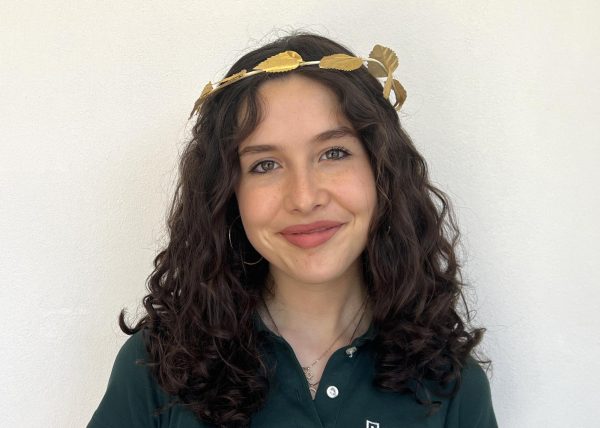
Lucy Williams joined the Oracle as a staff reporter in 2021 and became the Voices Editor in 2023. Outside of journalism, she runs a Los Angeles food blog...





![Freshman Milan Earl and sophomore Lucy Kaplan sit with their grandparents at Archer’s annual Grandparents and Special Friends Day Friday, March 15. The event took place over three 75-minute sessions. “[I hope my grandparents] gain an understanding about what I do, Kaplan said, because I know they ask a lot of questions and can sort of see what I do in school and what the experience is like to be here.](https://archeroracle.org/wp-content/uploads/2024/03/grandparents-day-option-2-1200x800.jpg)














































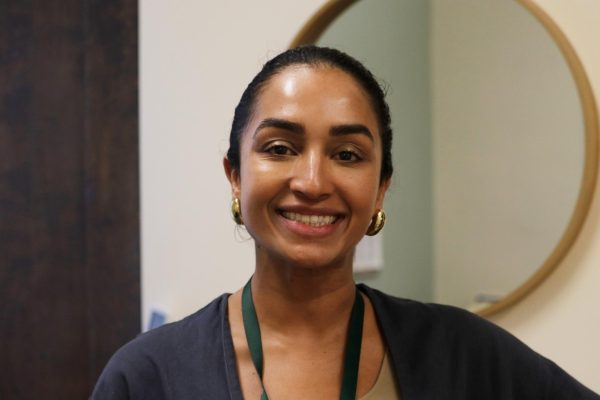
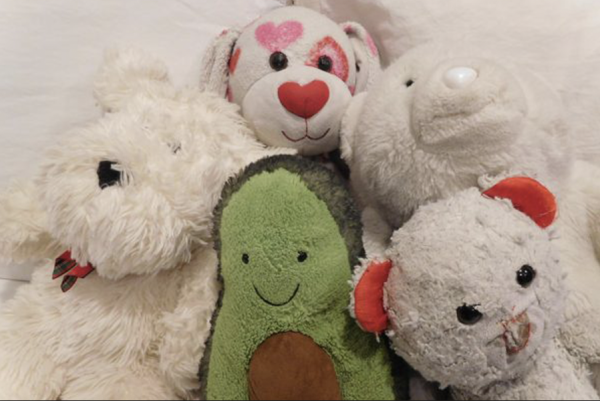
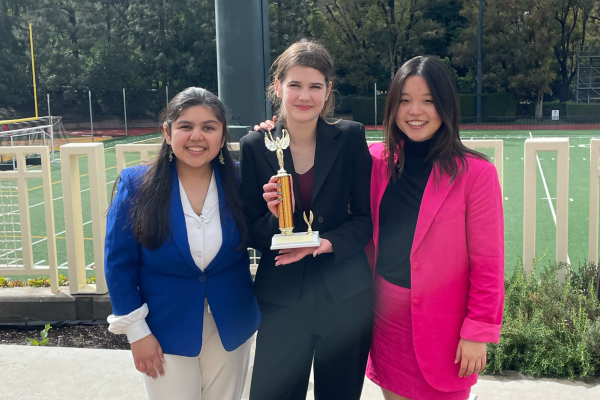




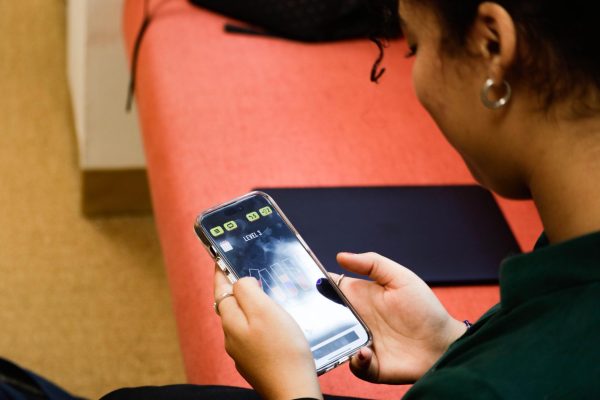
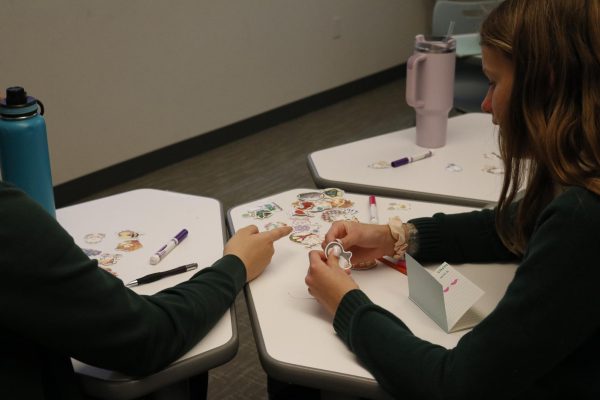
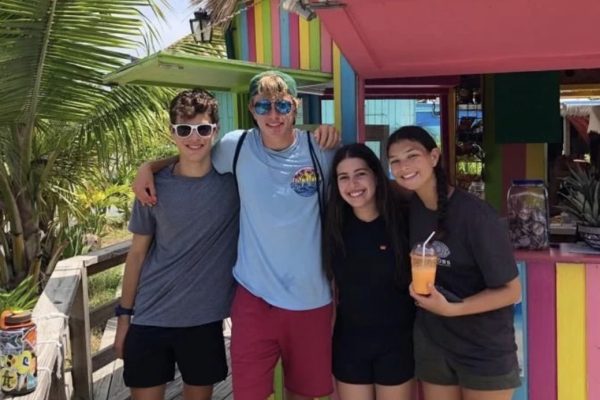
Vivianne Arnold • May 9, 2022 at 11:51 am
Such a great article! Both my parents are white, but my mom is Venezuelan, so though I don’t identify as multiracial, I do identify as multiethnic. I think a lot of people are Archer are scared to take on these topics– which is understandable, as they’re very stigmatized. I think your article give such a great look into this experience.